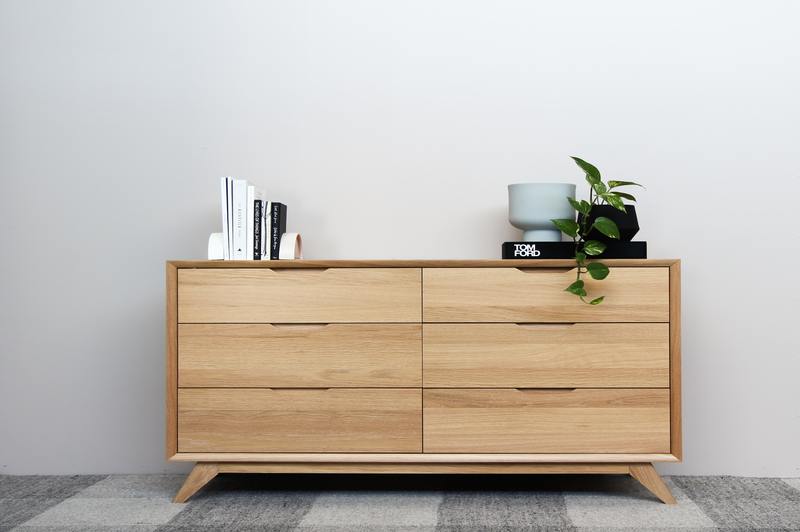With all the events terrorizing us, storms devastating homes seem normal. We want to help you with steps on how to dry water damaged floor under cabinet.
It’s been tough just trying to hold on to things we once owned through these trying times that having less to lose should lighten your burden. May it be a storm or some dripping pipes that caused unwanted water to slip beneath your cabinet and cause water damage to your floor, we will help you deal with it.

Now, it’s already been established that being in contact with water for an extended period would damage almost all kinds of wooden fixtures. The extent of this damage would then vary with the length of exposure and the type of wood that you have. There are already popular types of wood used as a flooring material, so it should be easy for you to assess and compare your floor’s state.
Steps In Drying Water Damaged Floor Under A Cabinet
Before you decide whether to fix or replace your flooring material, you’ll first need to assess it. It would be best to do this dry since it would be hard to tell how long the floor had been soaked if it was beneath a cabinet. Here are some steps you can follow on drying your water damaged floor.
Step #1. Move the cabinet aside
The first step for your process is to get your cabinet out of the way. You will need a few extra pairs of hands on this, so be sure to ask for help early on before you start working. Make sure you also make arrangements with these helpers for returning the cabinet into position later on.
Moving the cabinet off your working area will create some much-needed space for you to work. Moving will also take some weight off your water damaged floor, which can lessen the damage to it. You’ll want to clear the entire area on top of the whole wetted surface, so if it extends beyond the cabinet, clear that as well.
Step #2. Find out the water source
Also, before you go to the drying process, you need to make sure that there will be no other causes of water escaping to your floor to prevent further damage and repair. These sources can either be leaking pipes or flooding from previous storms. For flooding, you’ll need to address exterior drainages of your house, while for pipes, you’ll need to call your plumber.
Step #3. Vacuum and dehumidify the area
After the water source has been taken care of, you can now start drying. First, use a wet vacuum to collect all the water on top and beneath the floor surface. You can do multiple vacuum runs on the wetted area to remove most of the water from the wood.
After this, place a dehumidifier in the room where the water damaged floor is and turn it on. Make sure the doors leading to this room are closed all the time. This keeps higher humidity air from the outside from entering the room and lengthening your drying process.
Dehumidifiers work by lowering the water content or moisture of the air inside a particular room. So you can help hasten this process by turning on a fan inside the room to help circulate the air in the space. Some fans do have a small effect on humidity, but they’re negligible compared to dehumidifiers.
Step #4. Assess the floor
After running the dehumidifier on the room, check if the water damaged floor has dried out completely. You can press on its surface to check if the volume beneath it has also been dried.
If no more water or moisture is observable from the floor, you are done drying. You can next assess if the floor needs further repair or replacement and deal with it accordingly.
How long does a water damaged floor take to dry?
The drying process will take at least 24 hours, including the dehumidification but may vary depending on the type and density of your wood, as well as the time it has been soaked in water. Note that some wood tends to have some tenderized or softened fibers when they are soaked too much, leading to decay.
It is essential to dry your wood accordingly to avoid this decay, irreversible damage that tends to need replacement. You can run the dehumidifier longer if you’re not sure if the bottom part of the wood is already dry.
Should you replace your water damaged floor?
Water damaged floors don’t always require immediate replacement. Some of them are just surface damage that can be dealt with by just drying and repair.
However, some flooring would need replacement only on certain parts so that the damage can be limited and stopped to a certain point. Again, the decision between replacement or repair lies in the extent of damage you will need to assess objectively.
Conclusion
We have shared how to dry water damaged floor under cabinet, which you can use either in your home, office or other areas. You need to make sure to do all the steps in order and correctly so that your home remains safe, functional, and comfortable.
